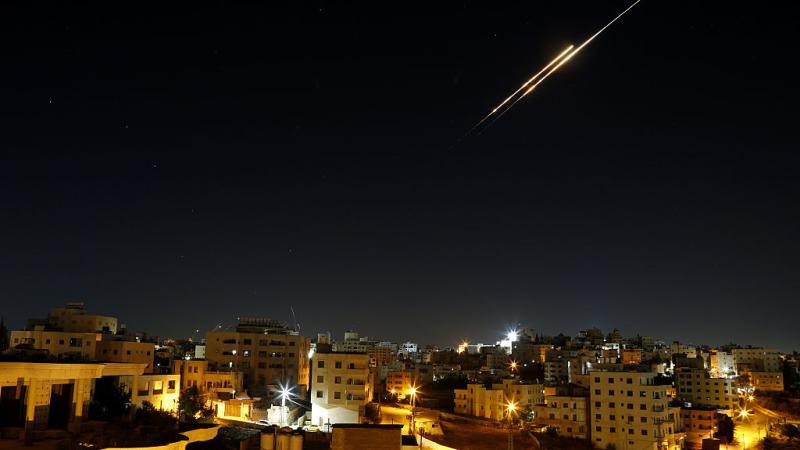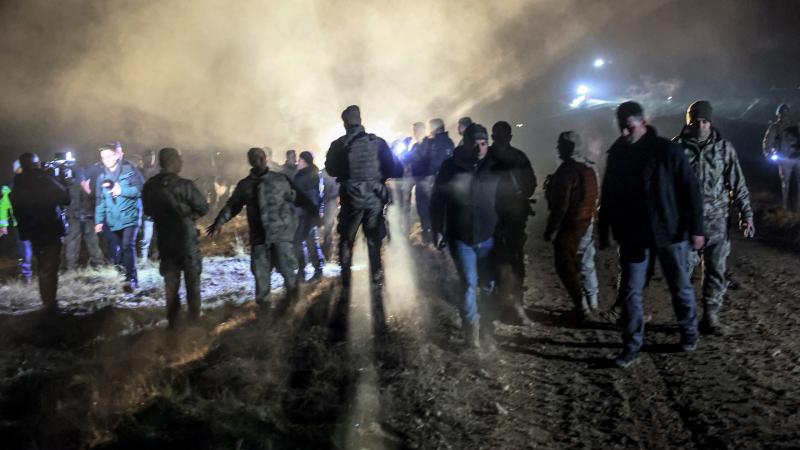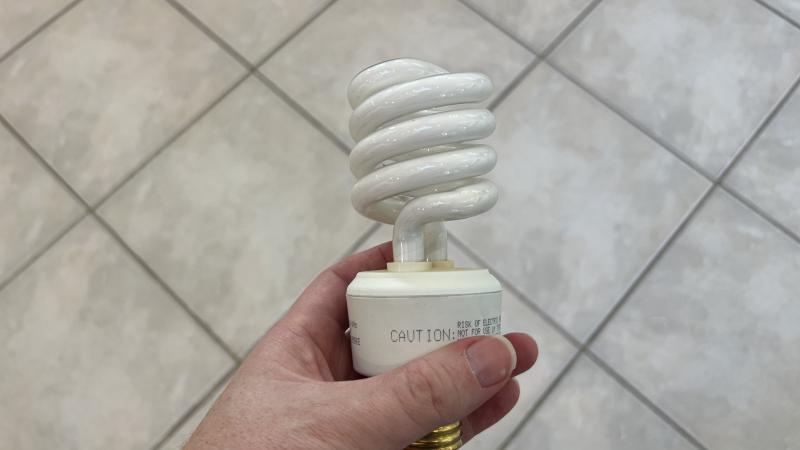Iran using network of civilian companies as cover for deadly drone program: report
Regime evading sanctions as U.S. officials grow concerned about transfer of UAVs to terrorist proxies
Iran is using civilian companies as cover to evade sanctions and produce military drones to strike targets across the Middle East, according to a new report.
The study by the National Council of Resistance of Iran (NCRI), a coalition of Iranian opposition groups, details for the first time the extensive network of front organizations established by the regime to acquire parts for its drone program despite U.S. and international sanctions.
The NCRI identifies 15 companies with close ties to either Iran's Ministry of Defense or Islamic Revolutionary Guard Corps (IRGC), a U.S.-designated terrorist organization, which allow Iran to obtain parts for its growing fleet of unmanned aerial vehicles (UAVs).
The IRGC "uses these companies to purchase UAV accessories and equipment and circumvent sanctions," the report states. "They make up a key smuggling ring of UAV parts and other aerospace industries' needs under the guise of civilian activities."
Here's the list of the 15 companies, some of which were established in just the last couple years:
- Iranian Aviation & Space Industries Association
- Iranian Aviation & Space Industries Working Group
- Iranian Research Organization for Science and Technology (IROST)
- Iravin Innovation and Acceleration Center
- Farnas Pasargad Aerospace Industries Company
- Bal Gostar Negah Asemanha Technology
- Kharazmi Electronics Industries
- Iran Bekr Part Khavar Mianeh
- Sahfa Production-Distribution Cooperative Company — Iranian Aerospace Industries
- Aras Tech Aircraft Maintenance Services Company
- Maham Pergas Technology
- Hezareh Sevvom Industrial Alloy Development Company
- Nazari Titanium Company
- Sara Safe Tools
- Noandishan Composite Structures Industrial-Production
"The regime is using these companies with civilian cover to get whatever it wants from the outside world for production, parts, etc.," said Alireza Jafarzadeh, deputy director of the NCRI's U.S. office. "No one is paying attention to this."
The State and Treasury Departments didn't respond to requests for comment on whether they're aware of these companies and whether any are under consideration for sanctions.
Jafarzadeh said he hoped the NCRI's new report, which provides a comprehensive breakdown of Iran's drone program, will get the attention of Congress and the Biden administration.
The U.S. government has recently taken some action against Iranian UAVs. Earlier this month, the House Foreign Affairs Committee passed the Stop Iranian Drones Act, which would ban the supply, sale, or transfer of military drones to or from Iran. The Senate Foreign Relations Committee introduced the same bill last week, following the release of the NCRI's report. And in late October, the Treasury Department sanctioned certain individuals and companies for supporting the IRGC's drone program.
However, this just scratches the surface of what can and should be done, according to Jafarzadeh.
Iranian drones have gotten the U.S. military's attention. On Tuesday, the military shot down a small drone believed to be threatening a U.S. outpost in southern Syria. The incident came weeks after a coordinated drone attack against the same facility. U.S. officials suspect Iran or Iranian-backed militias are behind both events.
Drones also targeted Saudi oil processing facilities in September 2019, destabilizing global financial markets for days as Saudi oil production tried to recover. The U.S., Saudi Arabia, and several European countries blamed Iran for the attack.
The big concern within the U.S. government isn't necessarily that Iran has drones but rather that Iran is "the mastermind or the mother ship" behind several capable non-state actors to which the regime can transfer drones, said Alex Vatanka, director of the Iran Program at the Middle East Institute.
The expeditionary force of the IRGC, known as the Quds Force, has sent lethal UAVs to various Iranian-backed proxies, according to U.S. officials.
"Iran's proliferation of UAVs across the region threatens international peace and stability," Deputy Treasury Secretary Wally Adeyemo said in October. "Iran and its proxy militants have used UAVs to attack U.S. forces, our partners, and international shipping."
The U.S. military has expressed similar concerns.
"We are seeing pressure from Iranian-affiliated militant groups that want to push us out of Iraq, and the latest manifestation of that has been the use of small unmanned aerial systems, or drones," Gen. Kenneth McKenzie, commander of U.S. Central Command, said in June. "Some of them are very small, some are a little bit larger — all can be very lethal."
The U.S. has designated several Iranian-backed proxies across the Middle east — such as Hamas in Gaza, Hezbollah in Lebanon, and Kata'ib Hezbollah in Iraq — as terrorist organizations. Iran provides money, weapons, and training to these groups.
But non-state actors aren't the only potential recipients. Just the News reported in October on Iran sending drones to Syria to boost pro-government forces there.
For Iran, military drones have become a crucial investment. They're destructive, relatively cheap, and can provide plausible deniability, according to Jafarzadeh, who noted UAVs are also meant to compensate for Iran's weak conventional air force.
"In the 1970s, Iran had one of the best air forces in the world, supplied by the U.S.," said Vatanka. "Today, Iran is still flying some of the same aircraft ... never able to recover what the [Iranian] revolution lost in terms of the air force." Drones, he added, are a cheaper alternative.
They're also effective. Turkish drones, for example, played a decisive role in Azerbaijan's military victory over Armenia in their war last year. The drones were so effective that the U.S. military went to school to study how they shaped the outcome of the conflict.
As the NCRI report details, Iran has had a UAV program for decades but has grown it rapidly and significantly over the last couple years. Building such a program so aggressively while under sanctions required the regime to pursue complex methods for procuring the necessary items.
"Iran has a long-established track record of illicit procurement that features whole systems, spare parts, and technologies with direct or dual-use implications for its nuclear and military programs," said Behnam Ben Taleblu, a senior fellow at the Foundation for Defense of Democracies. "Iran's drone program is not only no exception, but even harder to pin down [than the Iranian missile program], given the regime's evolving procurement networks, improved end-user obfuscation, and most importantly, the challenge of identifying and cracking down on companies that produce parts for a civilian drone market in friendly jurisdictions."
He noted that sanctions can still have an impact "if they target the banks and persons involved in the sale, supply, financing, or transfer of these systems to the world's foremost state sponsor of terrorism, no matter how indirectly."
The NCRI unveiled its report at a panel it hosted in Washington featuring experts and former U.S. elected officials and diplomats. At the event, Jonathan Ruhe, foreign policy director for the Jewish Institute for National Security of America, said studies show that Iran's use of drones to strike targets has tripled in recent years.
















